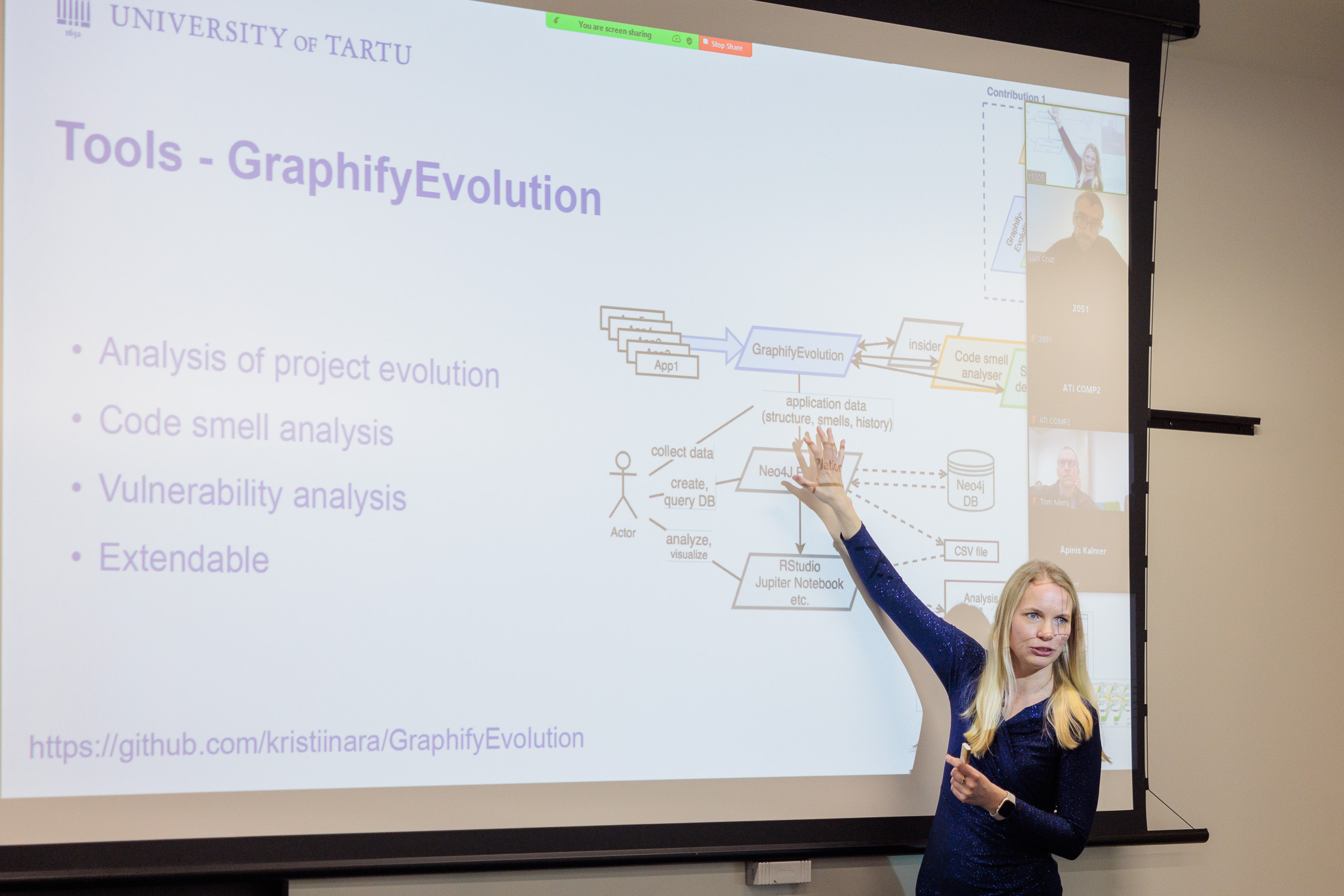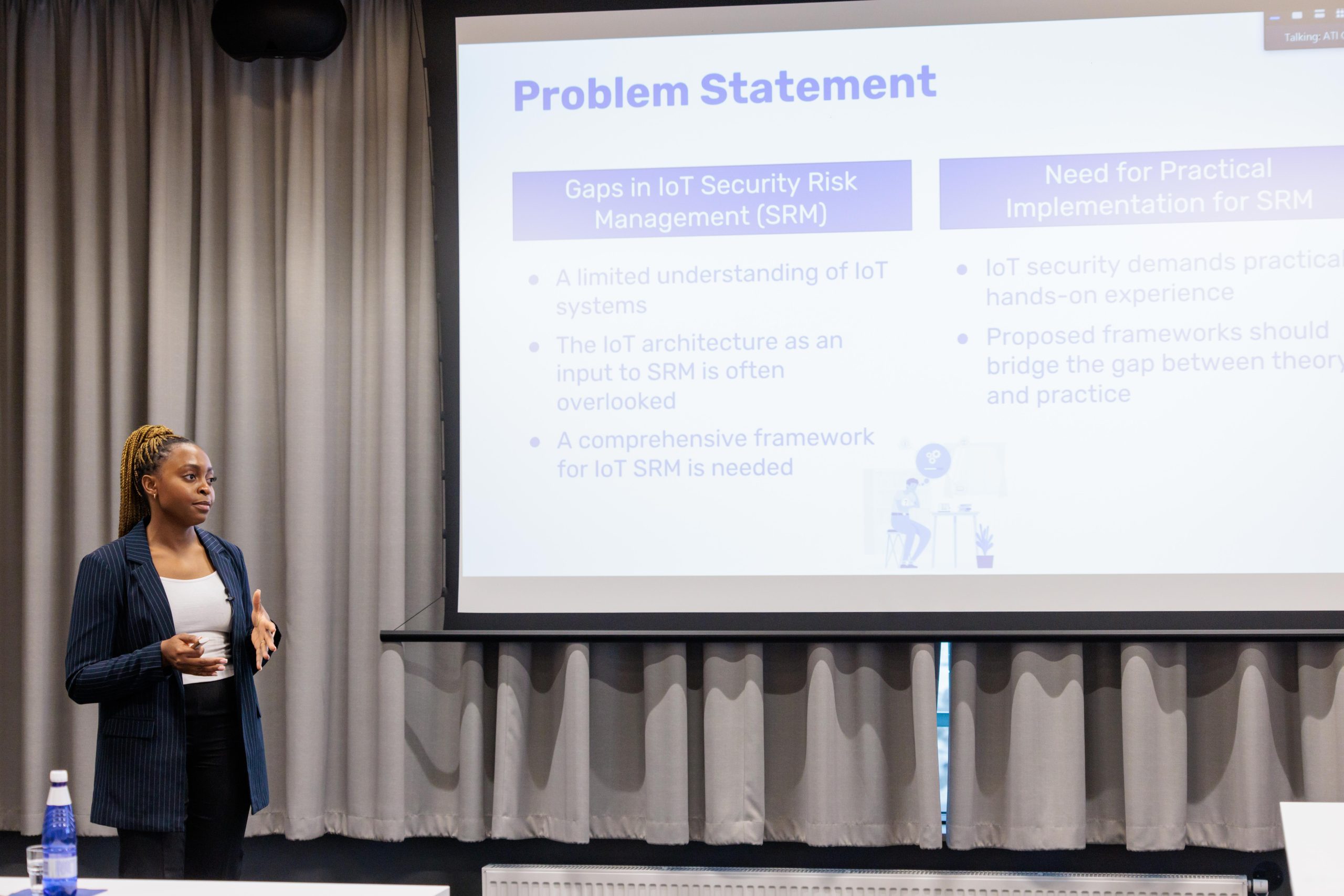You can find out more about Pavlo Tertychnyi’s PhD thesis here.
Money laundering represents a substantial risk to global financial systems, allowing criminals to conceal the illegitimate origins of funds and integrate them into the lawful economy. Its repercussions extend beyond financial ramifications, encompassing the destabilization of financial systems, threats to national security, and the erosion of public trust in financial institutions. Governments and law enforcement agencies worldwide are actively engaged in identifying money laundering activities, prompting financial institutions to employ various monitoring mechanisms to identify and report potential instances of money laundering. While these systems typically adhere to simple rules, they face limitations in recognizing intricate and novel money laundering schemes. The incorporation of machine learning algorithms, which leverage labeled historical data for decision-making, can significantly enhance the efficacy of existing systems in detecting money laundering.

This thesis aims to create a solution that combines different frameworks for the automatic detection of money laundering using machine learning. However, there are many challenges in developing such a solution. The sheer volume of digital payments has reached staggering proportions, necessitating the sifting through of an immense amount of data for effective money laundering detection. Furthermore, the diversity of financial products used for transactions adds another layer of complexity. Wire payments, card payments, international payments, crypto payments, and cash, among others, create an array of potential tools for money launderers. This diversity implies that machine learning models designed for money laundering detection must contend with vast feature sets, as actors may exploit multiple products for laundering. The rarity of money laundering incidents poses a significant challenge for machine learning techniques used in anti-money laundering efforts. With only a tiny fraction of transactions suspected to be related to money laundering, the data imbalance is substantial, making it difficult to train accurate and reliable machine learning models. Moreover, money launderers deliberately obscure their activities, employing sophisticated methods to mask illicit funds among legitimate ones. This intentional obfuscation contributes to the complexity of money laundering detection, requiring advanced machine learning models capable of identifying hidden patterns. Money launderers continually adapt, searching for vulnerabilities in financial security and devising new schemes. To address this, machine learning models employed for automated money laundering detection must undergo regular updates. This involves the creation of new features to describe emerging money laundering schemes, the introduction of new patterns labeled by domain experts into model training, and frequent retraining of models to stay on par with evolving tactics in the world of money laundering.
The thesis contributes significantly to this research field in four key ways: (i) introducing a framework for individual customer-level money laundering detection, (ii) presenting a framework for group-level money laundering detection, (iii) establishing a system that determines when to raise alerts for detected money laundering behaviour in such a way that raised alerts are timely and non-redundant, and (iv) developing a system that enhances raised alerts with textual explanations. Together, these contributions constitute a comprehensive solution for automated money laundering detection that addresses crucial business requirements. The solution underwent testing on real-life data, incorporating customer profiles, transaction histories, and input from anti-money laundering experts. The results were evaluated through computational experiments and feedback from domain experts.


